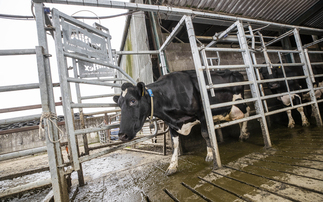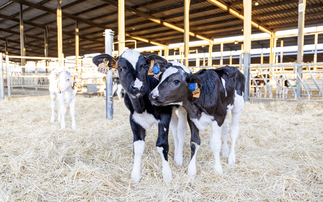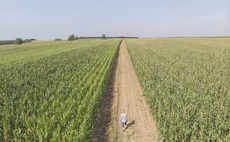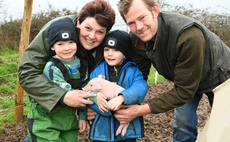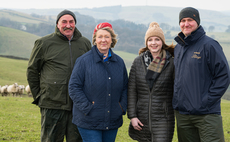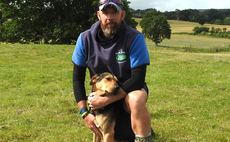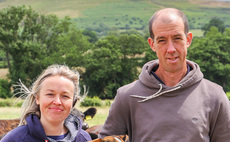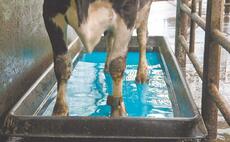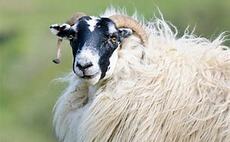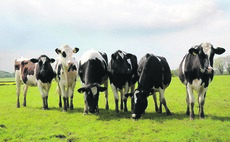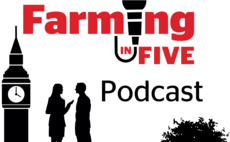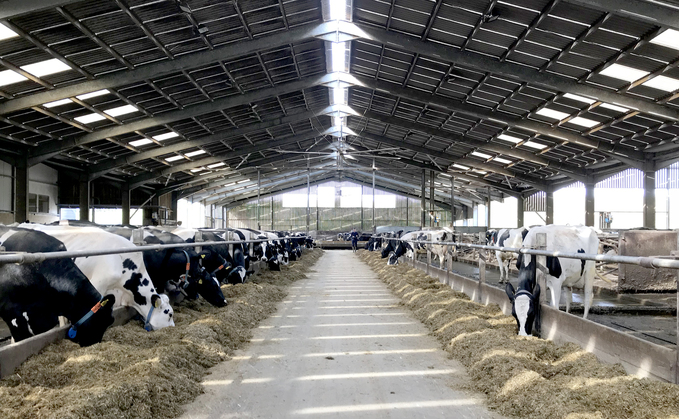
Closely monitoring cattle on a group-by-group basis is useful when looking after housed animals as it enables the herd manager to assess how well each group is being managed in terms of fertility and reproduction, nutrition and day-to-day welfare.
By analysing the activity, rumination and behavioural patterns of cows assigned to the same management group and comparing this data to anticipated trends, SenseHub enables herd managers to assess if, how and when changes in housing conditions, feeding regime or day-to-day management have impacted the group's productivity, feed intake and/or fertility.
Armed with a better understanding of how each group of animals (high and low yielders, dry cows and freshly calved cows) is faring, herd managers can then make informed management decisions to fine-tune the group's consistency of performance.
The data generated by SenseHub can also be shared quickly and easily with third parties so the farm's vet and nutritionist can have a better understanding of how the group's daily management regime is impacting on feed intake, rumination and the oestrus cycle.
This all adds up to make the management of multiple groups of housed animals easier, quicker and less stressful.
It also takes the guesswork out of assessing what does and does not work for a specific group so every aspect of the herd's management can be amended, adjusted and improved to reduce the impact of planned changes and unforeseen events on the herd's productivity and fertility.





